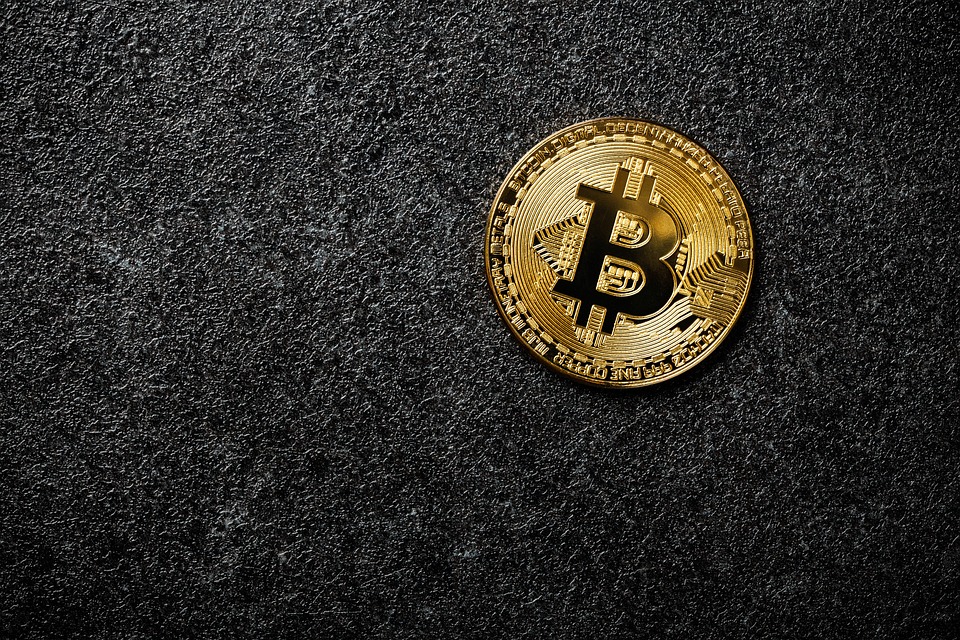In an era where digital currencies are gaining immense popularity, Bitcoin stands out as one of the most widely used cryptocurrencies. As more people dive into the world of cryptocurrencies, the risks associated with hacks and scams have also escalated. Protecting your Bitcoin wallet is crucial to safeguarding your assets. Here’s a comprehensive guide on how to keep your Bitcoin wallet secure.
1. Understand the Types of Wallets
Before diving into security measures, it’s essential to understand the different types of Bitcoin wallets available:
-
Hot Wallets: These are online wallets that are connected to the internet. They provide convenience but may be more vulnerable to hacks. Examples include exchanges like Coinbase and online services like Blockchain.info.
- Cold Wallets: These are offline wallets that are not connected to the internet, making them much less susceptible to online threats. Examples include hardware wallets (Ledger, Trezor) and paper wallets.
Recommendation: For long-term storage of Bitcoin, consider using cold wallets, while hot wallets can be used for smaller, daily transactions.
2. Enable Two-Factor Authentication (2FA)
Two-Factor Authentication (2FA) adds an extra layer of security to your account. With 2FA, even if someone obtains your password, they would still need the second form of verification (a temporary code sent to your mobile device, for example) to access your wallet.
-
Enable 2FA: Choose wallets and exchanges that support 2FA and enable it immediately.
- Use Authenticator Apps: Instead of SMS-based verification, consider using authenticator apps like Google Authenticator or Authy, which are generally more secure.
3. Use Strong Passwords
Creating strong, unique passwords is essential in preventing unauthorized access to your wallet.
-
Password Best Practices:
- Use a combination of upper- and lower-case letters, numbers, and special characters.
- Aim for at least 12-16 characters.
- Avoid using easily guessed information, such as birthdays or names.
- Password Manager: To help manage and generate strong passwords, consider using a reputable password manager. This can help keep your credentials safe and organized.
4. Keep Software Updated
Keeping your wallet software, operating system, and app updated is vital to protect against vulnerabilities:
-
Regular Updates: Ensure the software you use is updated regularly to benefit from security patches and improvements.
- Use Official Versions: Only download wallet software from official websites or trusted app stores to reduce the risk of malware.
5. Be Cautious of Phishing Attempts
Phishing is a common tactic hackers use to steal your credentials by tricking you into revealing sensitive information.
-
Verify URLs: Always double-check URLs before logging in. A common phishing tactic involves using URLs that look similar to legitimate websites.
-
Email Links: Avoid clicking on links in unsolicited emails. Instead, manually type the website URL into your browser.
- Look for Security Indicators: For example, ensure that the website’s URL begins with "https://" indicating a secure connection.
6. Backup Your Wallet
Creating backups of your wallet is essential in case of device failure, loss, or theft:
-
Backup Regularly: Make regular backups of your wallet’s private keys and seed phrases and store them in a secure location, such as an encrypted USB drive.
- Use Multiple Locations: Store backups in different physical locations (e.g., a safe, bank safety deposit box) to lower the risk of losing access to your funds.
7. Be Aware of Public Wi-Fi Risks
Using public Wi-Fi can expose your wallet to potential attacks. If you must use public networks, take precautions:
-
Use a VPN: A Virtual Private Network encrypts your internet connection, making it more difficult for hackers to intercept data.
- Avoid Financial Transactions: Try to refrain from accessing your Bitcoin wallet or conducting transactions over public Wi-Fi when possible.
8. Educate Yourself on Scams
Staying informed is key to protecting your assets:
-
Common Scams: Familiarize yourself with common schemes, such as Ponzi schemes, fake exchanges, and impersonation of legitimate services.
- Media Literacy: Develop critical skills to assess the credibility of sources, especially those claiming to provide investment opportunities or promising guaranteed returns.
9. Use Reputable Services and Platforms
When choosing a wallet or exchange, do your research to ensure you are using reputable services:
-
Read Reviews: Check for user reviews and complaints about the platform.
- Research Security Features: Look for services that have strong security protocols, including cold storage, insurance policies, and security audits.
Conclusion
Protecting your Bitcoin wallet from hacks and scams involves a combination of awareness, robust security practices, and utilizing trusted services. As the crypto landscape continues to evolve, remaining vigilant and informed will play a crucial role in safeguarding your digital assets. By implementing these strategies, you can enjoy the benefits of Bitcoin while minimizing risks associated with hacks and scams. Stay safe, and happy investing!


